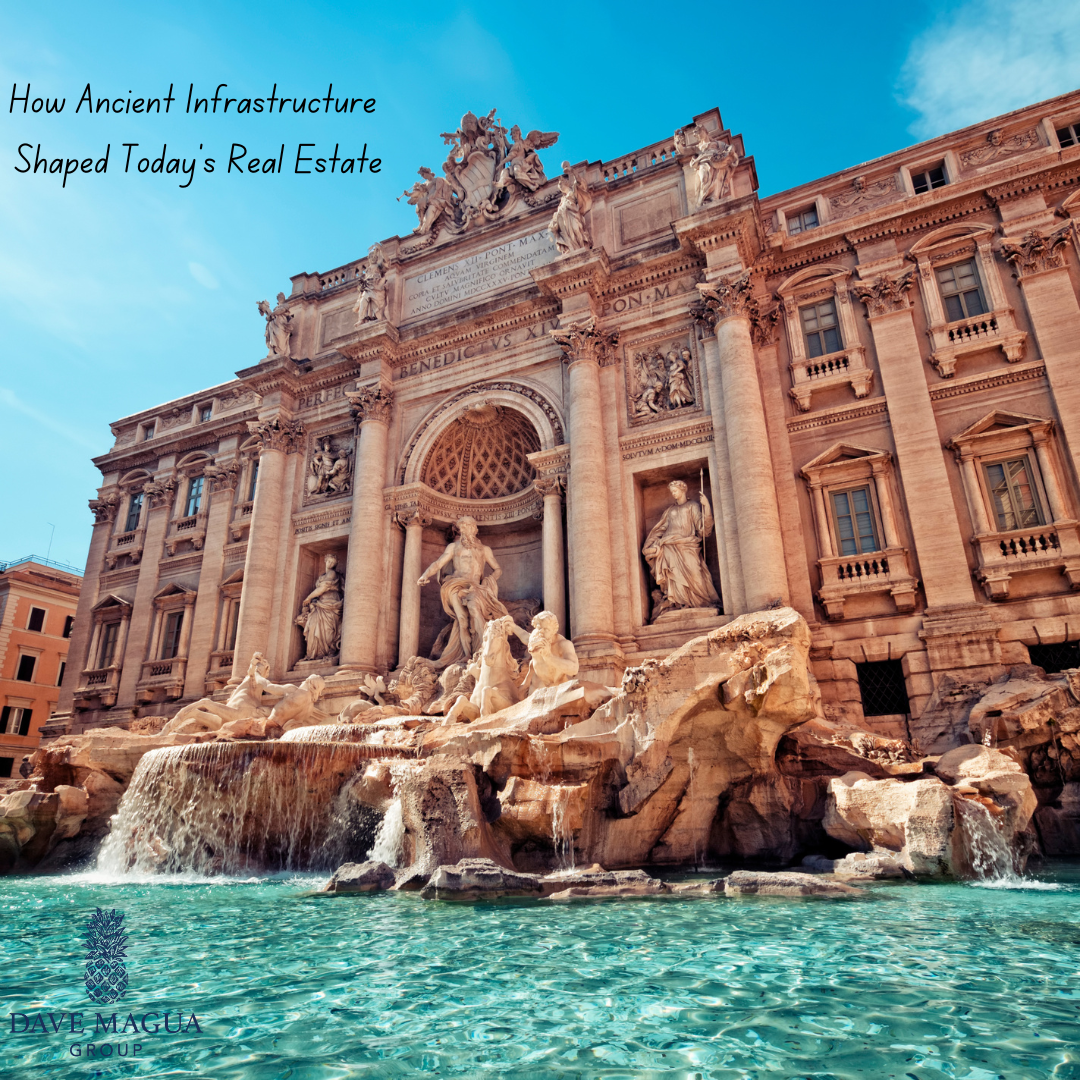
Roman Innovation: How Ancient Infrastructure Shaped Today’s Real Estate
Welcome to another fun and educational Friday as we embark on a captivating journey through history and innovation. The Roman Empire, known for its engineering prowess, left an indelible mark on human history, including the world of real estate. The infrastructure and architectural marvels of ancient Rome not only served as a testament to their ingenuity. It also laid the foundation for many aspects of today’s buildings and homes. In this blog, we’ll explore the lasting impact of Roman infrastructure on contemporary real estate, highlighting how these ancient innovations continue to influence the way we design, construct, and live in modern structures.
Roads and Urban Planning: Grid Layouts and Transportation
Roman roads were renowned for their durability and connectivity, facilitating trade and travel throughout the empire. The concept of well-structured road networks and grid city planning has persisted into modern times. Today, city planners and real estate developers often incorporate similar principles, using grid layouts and efficient road networks to create organized and accessible urban environments.
Aqueducts and Plumbing: Modern Plumbing and Water Supply
Roman aqueducts demonstrated the possibility of transporting water over long distances, providing cities with clean water. The development of plumbing and sewage systems in ancient Rome has profoundly influenced modern plumbing and water supply systems. Homes and buildings today rely on similar principles to ensure a clean and convenient water supply, contributing to modern living standards.
Arch and Dome Construction: Architectural Elegance and Structural Stability
The Romans were pioneers in the use of arches and domes in their architecture. This architectural innovation is evident in the design of modern structures and homes, providing not only aesthetic appeal but also structural stability. Contemporary buildings frequently incorporate arches and domes, contributing to their grandeur and durability.
Concrete Innovation: Durable and Versatile Building Material
The Roman development of a durable concrete formula using volcanic ash and lime has had a significant influence on modern construction. Today, concrete is a cornerstone of real estate, offering durability, versatility, and cost-effectiveness. The use of similar materials in contemporary construction ensures that buildings stand the test of time.
Heating Systems: Modern Comfort with Underfloor Heating
Roman homes featured hypocausts, which distributed hot air beneath the floors for heating. This concept has inspired modern underfloor heating systems, which provide energy-efficient and comfortable heating for homes and buildings. This innovation has greatly enhanced modern living comfort and energy efficiency.
Colosseum and Stadium Design: Inspiration for Modern Arenas
The Roman Colosseum, a marvel of engineering and architecture, serves as a prototype for contemporary sports stadiums and arenas. Its tiered seating and innovative crowd management techniques continue to influence modern stadium construction and design, ensuring the comfort and enjoyment of spectators.
The Roman Empire’s contributions to infrastructure and architecture continue to shape today’s real estate landscape. Their innovations in road construction, plumbing, concrete, architectural design, heating systems, and stadium design. The preservation of historical structures have left an indelible mark on modern living. By embracing these timeless legacies, we can appreciate how the wisdom of ancient Rome continues to influence and enrich the world of real estate. Providing both historical and modern charm in our contemporary structures and homes. For more entertaining information, be sure to explore our previous week’s blog.


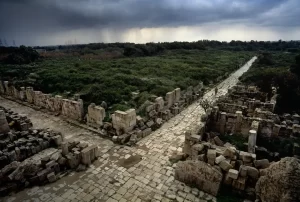

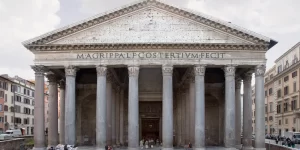

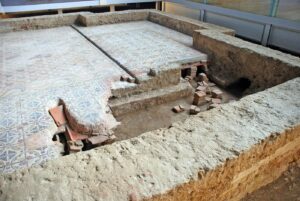
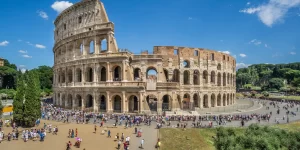












No Comments